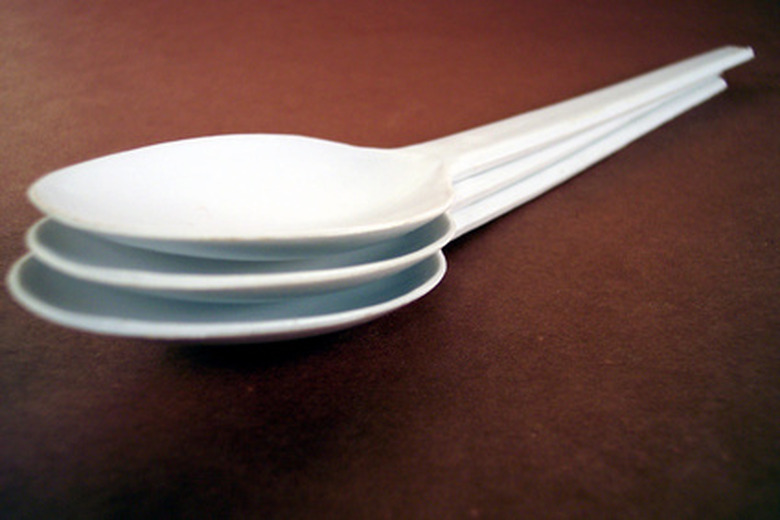What Is Melamine Formaldehyde?
Melamine formaldehyde is a thermosetting plastic (or thermoset) that strengthens as it is heated during its preparation. Once set, it cannot be remolded or set to form a different shape. Melamine formaldehyde plastics retain their strength and shape, unlike other types of thermoplastics that soften with heat and harden when cooled (such as acetate, acrylic and nylon).
Synthesis
Synthesis
Melamine formaldehyde is made from the polymerization of formaldehyde (chemical formula CH2O) with melamine (chemical formula C3H6N6). Polymerization is the chemical process in which two or more identical small molecules–called monomers–are linked to form a chain of polymers. A polymer is a macromolecule–or a large molecule–that is comprised of bonded monomers. Polymers are commonly referred to as plastics.
Synonyms and Trade Names
Synonyms and Trade Names
Melamine formaldehyde is also called melamine resin, cymel 481 resin, melamine and melamine formaldehyde polymer. It is sold under various trade names, including Melit, Cellobond, Melmex, Isomin, Epok, Plenco, Melsir, Melopas and Melolam.
Properties
Properties
The chemical formula for melamine formaldehyde is C4H6N6O. It is white, tasteless, odorless and exhibits great chemical and heat resistance. Melamine formaldehyde is a thermosetting plastic and cannot be melted.
Uses
Uses
Melamine formaldehyde resins are used as particleboard and plywood adhesives. According to "Handbook of Plastics Technologies," melamine formaldehyde is used extensively in automotive coatings, epoxy coatings and polyester appliance coatings. Melamine formaldehyde laminates are used to surface walls, cabinets and counters, and to make decorative laminated panels in public transportation. Melamine formaldehyde moldings are hard, scratch- and impact-resistant, and resistant to shrinkage and heat. They are used to make household crockery items–such as glasses, cups, bowls and plates. Toilet seats, pan knobs and handles are also made with melamine formaldehyde.
Advantages and Disadvantages
Advantages and Disadvantages
Melamine formaldehyde is stain-resistant and resistant to strong solvents and water.
Melamine formaldehyde is affected by alkalis and concentrated acids–such as sulphuric acid (H2SO4) and oxalic acid (H2C2O4). Melamine formaldehyde utensils are not microwave safe. They absorb radiation, which causes their polymer bonds to break down and percolate toxins into the food. Melamine formaldehyde ingestion leads to kidney failure.
Important Considerations
Important Considerations
According to the Center for Food Safety, the optimum working temperature for melamine-ware ranges between -30 degrees Celsius and 120 degrees Celsius. It is not recommended for storing highly acidic foods, deep-fried foods or hot oil. In 2008, the World Health Organization (WHO) set the recommended total daily intake (TDI) for melamine at 0.2 mg per kilogram of body weight.
References
- "Polymer Science Dictionary"; Mark S. M. Alger; 1997
- "Handbook of Plastics Technologies"; Charles A. Harper; 2006
- World Health Organization: Experts Set Tolerable Level for Melamine Intake
- Centre for Food Safety, Government of Hong Kong: Melamine-ware and Food Safety
Cite This Article
MLA
, Natasha Gilani. "What Is Melamine Formaldehyde?" sciencing.com, https://www.sciencing.com/melamine-formaldehyde-6495357/. 24 April 2017.
APA
, Natasha Gilani. (2017, April 24). What Is Melamine Formaldehyde?. sciencing.com. Retrieved from https://www.sciencing.com/melamine-formaldehyde-6495357/
Chicago
, Natasha Gilani. What Is Melamine Formaldehyde? last modified March 24, 2022. https://www.sciencing.com/melamine-formaldehyde-6495357/
